On May 19, Iranian President Ebrahim Raisi, Foreign Minister Hossein Amir-Abdollahian and six other passengers and crew died in a helicopter crash. The aircraft went down in dense fog in a mountainous region of East Azerbaijan province in northwestern Iran. The officials were returning from the opening ceremony for a dam on the border with Azerbaijan. Less than 72 hours after Raisi’s death, the focus has turned to the political changes that come next with elections slated for June 28.
For now, Supreme Leader Ayatollah Ali Khamenei has appointed Raisi’s first vice president, Mohammad Mokhber, as interim president. Mokhber had close ties to the supreme leader and to the powerful Islamic Revolutionary Guard Corps (IRGC) but was not viewed as a potential contender for the presidency.
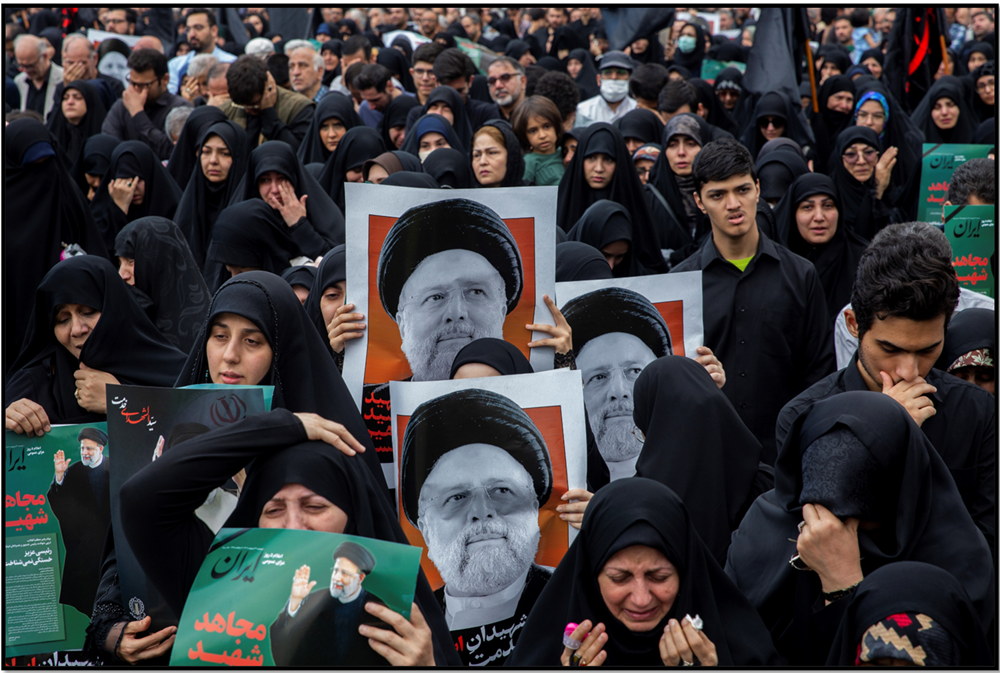
How could Raisi’s death impact Iran’s foreign policy amid various crises in the Middle East?
Raisi’s death will not significantly alter the course of Iran’s foreign policy in the near-term. Foreign policy is not under the exclusive purview of the president. The Supreme National Security Council (SNSC) is the highest body in charge of foreign policy and national security. As chair of the council, the president can influence debates and play a role in setting the agenda. But the president still must work to form consensus with 11 other permanent members with high-ranking military, political or ministerial positions. Ultimately, SNSC decisions must be approved by the supreme leader.
The domestic disorder, however, may have a chilling effect. To ensure a smooth transition of power, Iran may refrain from new rounds of escalation with Israel or other adversaries until a new president is sworn in. It may delay new diplomatic initiatives given that the foreign minister was also killed. One of Mokhber’s first moves, however, was to appoint Ali Bagheri Kani, the deputy foreign minister for political affairs, as acting foreign minister.
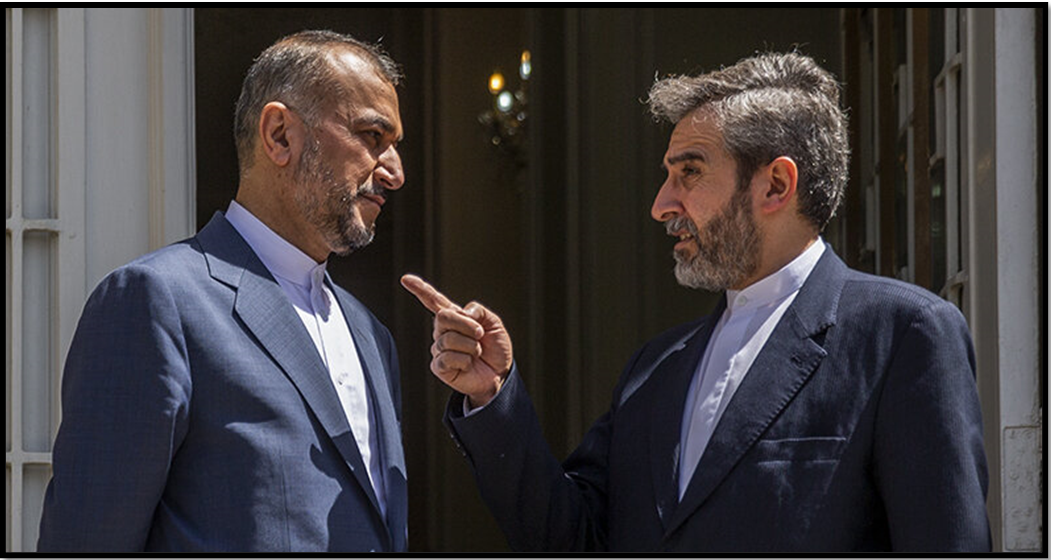
Bagheri Kani had been the lead nuclear negotiator under Raisi, although the hardliner was a vocal critic of the 2015 nuclear deal. In mid-May 2024, Bagheri Kani reportedly held indirect talks with Brett McGurk, the White House coordinator for the Middle East and North Africa, on deescalating regional tensions. But a meeting between Bagheri Kani and EU officials scheduled for May 22 was reportedly canceled after the helicopter crash.
What was President Raisi’s legacy? What were his notable domestic policies?
Raisi’s presidency may be most closely linked with the brutal crackdown on nationwide protests that broke out in September 2022 over the death of Mahsa Amini, a 22-year-old Kurdish woman detained by the morality police for improper hijab. Protesters chanted “Woman, Life, Freedom” and “Death to the Dictator,” a reference to Khamenei. The protests, driven by Iran’s Gen Z, lasted for more than three months and were the most significant since the 2009 Green Movement. Security forces reportedly killed more than 500 people, including minors, and detained more than 22,000. Raisi, a vocal proponent of the Islamic dress code, was unwilling to compromise on enforcement.
A hardline cleric born in 1960, Raisi was not a popular figure even before the protests. He was not a career politician and did not have an independent base of supporters. Before his presidency, Raisi was best known for his role in the so-called “death commission” that ordered the extrajudicial executions of between 4,000 and 5,000 political prisoners in 1988. Raisi, a 28-year-old prosecutor at the time, was reportedly one of the four members of the commission that planned and organized the massacre.
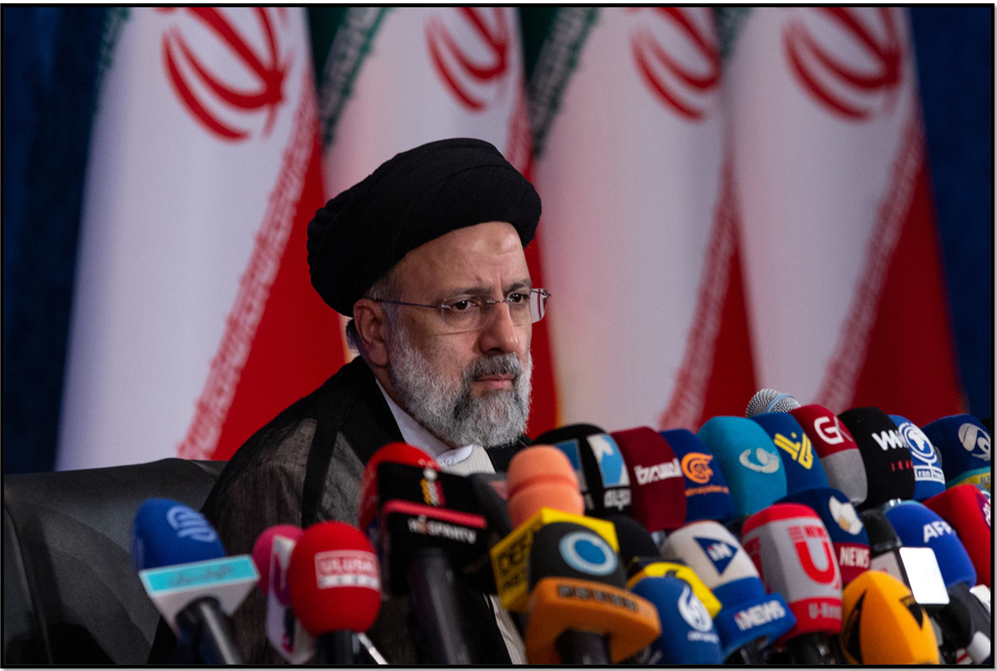
For years, Raisi climbed the ranks of the judiciary. But he did not start to gain national name recognition until 2016, when Khamenei appointed him to head one of Iran’s wealthiest religious endowments. In 2017, Raisi ran for president and came in second, losing to incumbent centrist Hassan Rouhani. Khamenei appointed Raisi Iran’s chief justice in 2019. The United States sanctioned him that year for his involvement in domestic repression.
Raisi won the 2021 presidential election with 62 percent of the vote, although the majority did not bother to cast ballots. The turnout, just 48.8 percent, was the lowest for a presidential election in the history of the Islamic Republic. The victory was also hollow given that Raisi faced no serious competitors due to vetting by the powerful Guardian Council.
On the economy, Raisi pledged to fight corruption, build one million affordable housing units per year, create one million jobs per year, control prices of goods, and reduce inflation. But he made limited progress on those goals in part due to stringent U.S. sanctions but also due to mismanagement. In 2022, his administration botched an attempt to reform subsidies for basic imports, including wheat, triggering a spike in bread prices and protests. The government did manage to bring inflation down to 35 percent by February 2024, the lowest level in two years, but still fell short of Raisi’s goal of 30 percent. Increased oil production and sales — more than policy reforms — were responsible for GDP growth of 3.8 percent in 2022 and 4.7 percent in 2023. In 2024, everyday Iranians struggled to deal with high prices, a weak currency, high unemployment and cuts in state social services.
What were President Raisi’s major foreign policy accomplishments and failures?
When Raisi took office in 2021, he had virtually no foreign policy experience. Early on, he backed negotiations to restore U.S. and Iranian compliance with the 2015 nuclear deal. He doubled down on Iran’s pivot east, which hardliners had long advocated. Raisi outlined two main priorities: improving relations with neighbors, and expanding ties with Asian powers, including China and Russia. His administration made progress on both fronts but failed to revive the 2015 nuclear deal.
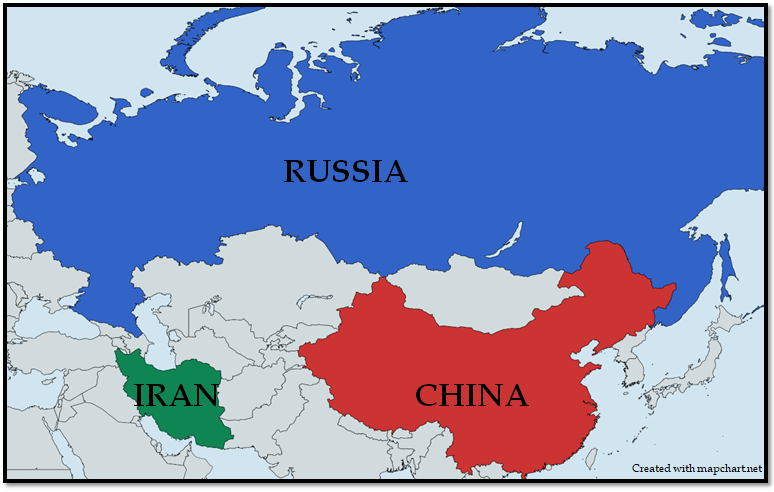
Russia: Iran’s support for Russia’s 2022 invasion of Ukraine led to unprecedented military and economic cooperation. Iran became Russia’s top military backer by providing more than 1,000 Shahed series suicide drones as well as artillery and tank rounds. The two also forged new economic links in the face of U.S. sanctions. Russia overtook China as the largest foreign investor in the Islamic Republic.
China: Raisi prioritized deepening ties with China, Iran’s top trade partner and an economic lifeline. In 2023, Raisi became the first Iranian leader to make a formal state visit to Beijing in more than 20 years, signing 20 agreements that could be worth billions of dollars. In 2023, Iranian oil exports were up by 50 percent, a five-year high, at 1.29 million barrels per day. The vast majority of exports eventually went to China, often through intermediaries.
Under Raisi, Iran joined two economic blocs that brought it closer to China and Russia. In July 2023, Iran was formally admitted as the ninth member of the Shanghai Cooperation Organization, a security and economic organization led by China and Russia that also includes Central and South Asian countries. In January 2024, Iran became a member of the BRICS bloc of emerging economies — Brazil, Russia, India, China and South Africa. Together, the five nations represented approximately a quarter of the world’s economy and more than 40 percent of the world’s population.
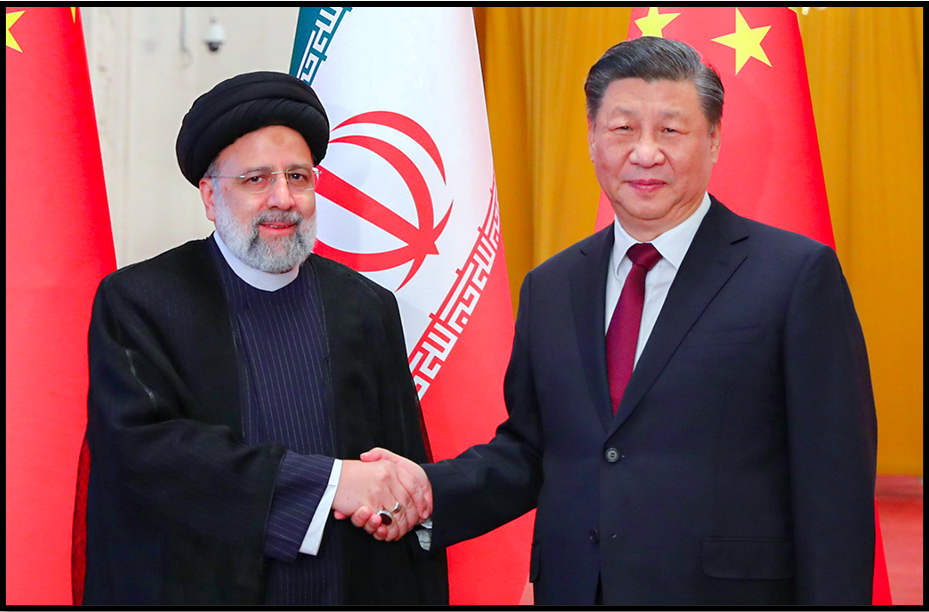
Saudi Arabia: Last March, Iran and regional rival Saudi Arabia agreedto a China-brokered deal to restore diplomatic ties seven years after severing relations. The Islamic Republic and the Gulf kingdom affirmed their respect for the “sovereignty of states” and “non-interference in internal affairs.” For years, the two countries have clashed over regional conflicts, particularly Syria and Yemen.
Afghanistan: Raisi took office just as the Taliban made significant territorial gains in Afghanistan, with which Iran shares a 572-mile border. He hailed the U.S. withdrawal and adopted a policy of cautious engagement with the Sunni movement amid the chaos. He and other officials urged the Taliban to form a government that reflects Afghanistan’s political, religious and ethnic diversity. Iran has not formally recognized Taliban rule even as it dealt with Kabul on a day-to-day basis. Border clashes occasionally broke out, but the two countries avoided open conflict despite a long-standing dispute over water rights.
Nuclear Deal: Raisi’s government failed to resuscitate the 2015 nuclear deal with world’s six major powers — Britain, China, Germany, France, Russia and the United States. President Donald Trump unilaterally withdrew from the deal in 2018 and reimposed U.S. sanctions. The Biden administration launched a diplomatic initiative in April 2021 — led by the European Union — but it collapsed in August 2022 when Tehran balked at the final terms. The lifting of U.S. sanctions would have been a significant economic boon to Iran’s economy. But Raisi’s government appeared to abandon the prospect of improving relations with the West as Tehran increasingly pivoted, in trade and military ties, to China and Russia. Iran exceeded key limits on its nuclear activities and limited U.N. inspector access to its facilities.
What are the implications for Iran's politics and governance amid questions over the succession of Supreme Leader Khamenei?
Raisi’s death added further uncertainty to a moment of transition. Iran’s new Parliament, elected in March with runoffs in May, is set to select a new speaker later in May. Incumbent Mohammad Bagher Qalibaf, a mainstream conservative, could face challenges from three other men.
The government also faced a legitimacy crisis following elections for Parliament and the Assembly of Experts in March 2024. The turnout was 41 percent, the lowest since the 1979 revolution. Iranians will probably not be interested in voting in the June 28 election unless the Guardian Council allows a more diverse pool of candidates, not just hardliners, to run.
Political factions were already preparing for the eventual transition of power given that Supreme Leader Khamenei turned 85 in April 2024. Several power centers, including the IRGC and the Office of the Supreme Leader, will want to influence the succession.
No obvious successor has emerged, although Raisi was widely speculated to be in the running. Mojtaba Khamenei, the supreme leader’s 55-year-old son, is also thought to be a contender, although he has never held an official position and has lackluster religious credentials. His selection would also run counter to the principles of the 1979 revolution that overthrew a hereditary monarchy.
Mojtaba, however, has close connections to the IRGC and the Basij paramilitary, which may have significant influence over the succession. The IRGC has not only eclipsed Iran’s conventional military, the Artesh, it has also emerged as a key economic player. It controls a vast network of companies involved in arms, energy, construction, telecommunications, mining and many other sectors. The IRGC would stand to gain if the next supreme leader depends on it for support.
Garrett Nada is the managing editor of The Iran Primer at the U.S. Institute of Peace.
Photo Credits: Amir-Abdollahian and Bagheri Kani via IRNA;
